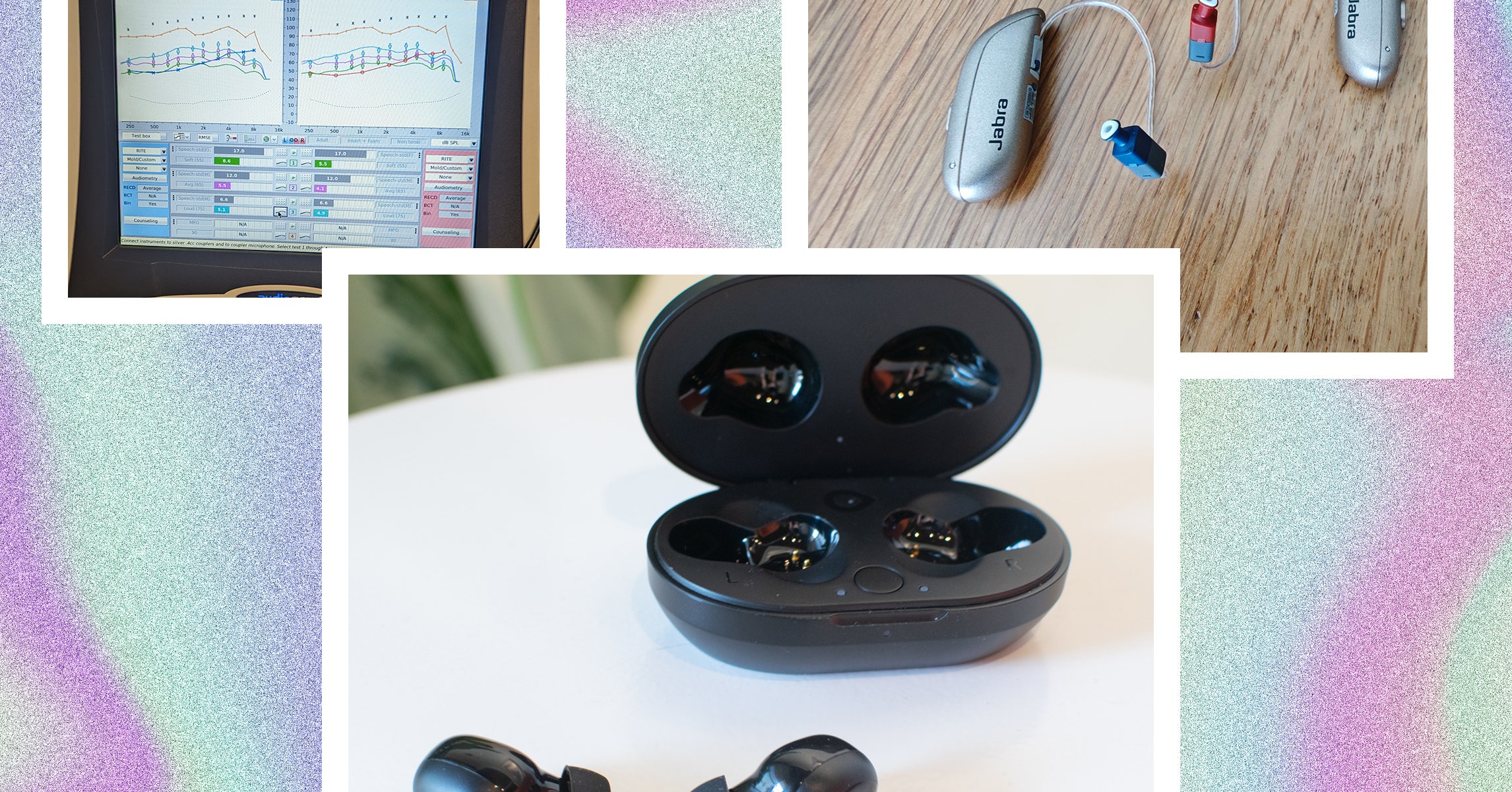
On Wednesday, New York governor Kathy Hochul shocked the state and the nation when she introduced she would indefinitely shelve New York Cityâs long-in-development congestion pricing scheme. The coverage, in the works since 2007 and set to start in simply three weeks, was designed to alleviate automobile visitors, curb street deaths, and ship a billion {dollars} in annual funding to the cityâs transit system by charging drivers as much as $15 a day to enter the busiest components of Manhattan, with charges highest at âpeak hours.â (Truck drivers and a few bus drivers might have paid greater than $36 day by day.) At coronary heart, the concept is simple, if controversial: Make people pay for the roads they use.
However congestion pricing was additionally set to turn into probably the most bold American local weather initiatives, perhaps ever. It was meant to coax individuals out of their gas-guzzling automobiles, that are alone accountable for some 22 percent of US greenhouse gasoline emissions, and onto subways, buses, bicycles, and their toes. Policymakers, researchers, and setting nerds the world over have concluded that, even when the transition to electric vehicles had been to occur at lightning pace, avoiding the worst of local weather change goes to require fewer automobiles general.
Now, the motion has seen a critical setback, in a rustic the place many years of car-centric planning selections imply many can solely think about getting round in a single very particular approach. Just some years in the past, cities from Los Angeles to San Francisco to Chicago started to review what pricing roads would possibly appear to be. âCities had been watching to see what would occur in New York,â says Sarah Kaufman, who directs the NYU Rudin Middle for Transportation. âNow they will name it a âfailureâ as a result of it did not undergo.â
On Wednesday, Hochul stated her about-face needed to do with issues in regards to the cityâs post-pandemic restoration. The congestion pricing plan faced lawsuits from New Jersey, the place commuters argue they’d face unfair monetary burdens. Cameras and gantries, acquired and positioned to cost drivers whereas getting into the zone, have already been put in in Manhattan, to the tune of some $500 million.
Kaufman, who says she was âflabbergastedâ by Governor Hochulâs sudden announcement, says she isn’t positive the place the coverage goes from right here. âIf we canât make brave, and doubtlessly much less in style, strikes in a metropolis that has transit readily accessible, then Iâm questioning the place this will occur,â she says.
Different world cities have seen success with congestion schemes. Londonâs program, carried out in 2003, remains to be controversial amongst residents, however the authorities reviews it has minimize visitors within the focused zone by a 3rd. One 2020 study suggests this system has diminished pollution, although exemptions for diesel buses have blunted its emissions results. Stockholmâs program, launched in 2006, upped the cityâs transit ridership, diminished the variety of whole miles locals traveled by automobile, and decreased emissions between 10 and 14 %.
However in New York, the way forward for this system is unclear, and native politicians are at present scrambling to determine how you can cowl the transit price range gap that will end result from a last-minute nixing of the price scheme. The cityâs transit system is large and sprawling: 5 million individuals journey the Metropolitan Transportation Authorityâs buses and subways, virtually double the quantity that fly daily within the US.
In New York, drivers getting into the zone under Manhattanâs sixtieth Road would have been charged peak pricing of $15, however would have solely confronted the cost as soon as a day. They’d have paid $3.75 for off-peak hours. Taxi and ride-hail journeys within the zone would have seen further charges. After years of controversy and public debate, the state had carved out some congestion cost exemptions: some automobiles carrying individuals with disabilities wouldn’t have been charged, lower-income residents of the zone would have obtained a tax credit score for his or her tolls; and low-income drivers would have been eligible for a 50 % low cost.






